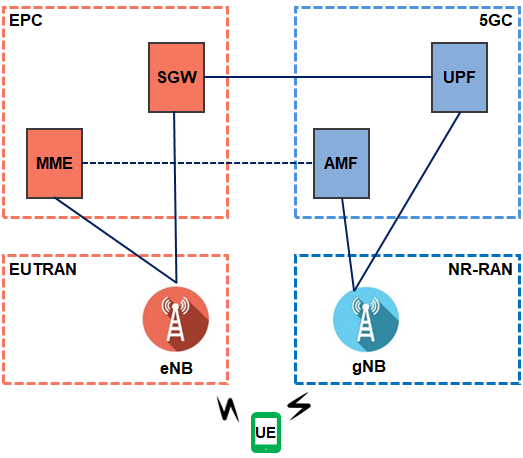What is the relation between 5G RAN and Transport Network?

5G Stand Alone (SA) Beam Management
In this article, I will explain the Beamforming technique in 5G to compensate for path loss especially in the mmWave spectrum range. As the range of mmWaves is between 30 […]

What Is Voice over New Radio (VoNR)?
As the VoLTE adoption cycle, it took the industry a few years to plan, test, and commercialize new voice services, and I believe VoNR will follow a similar timeline. And […]
